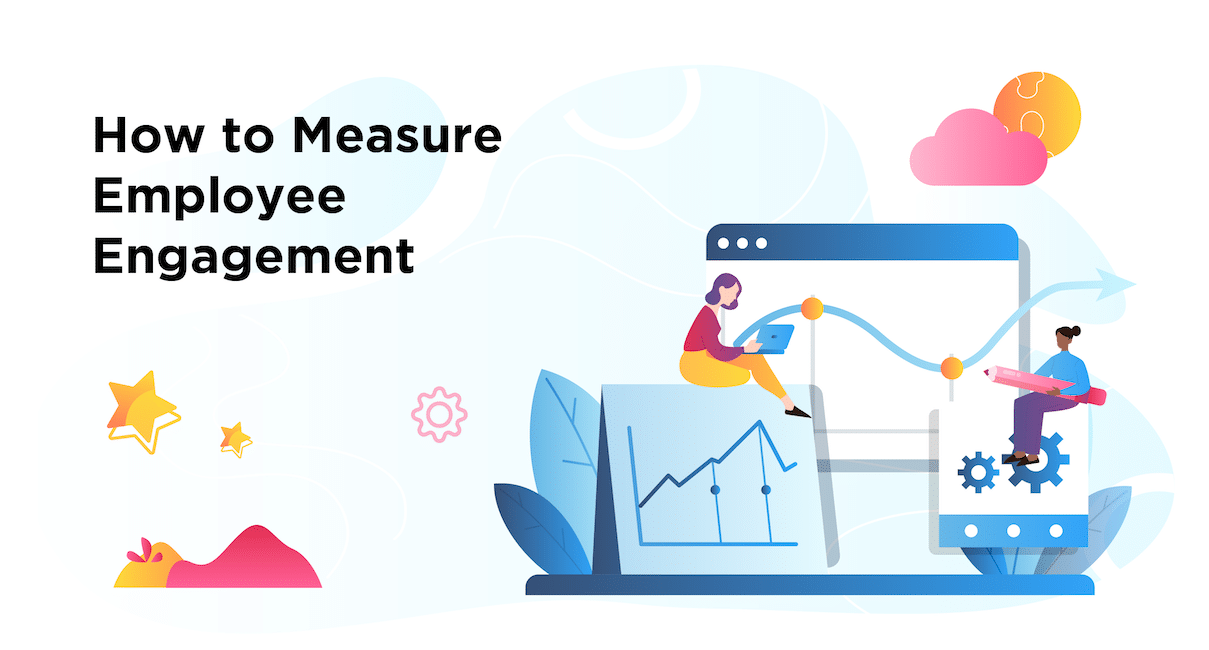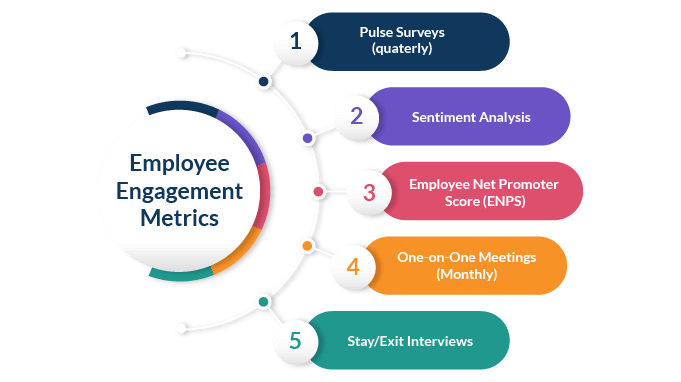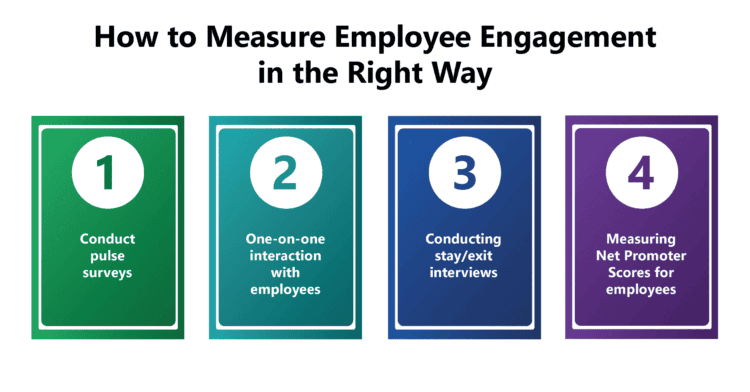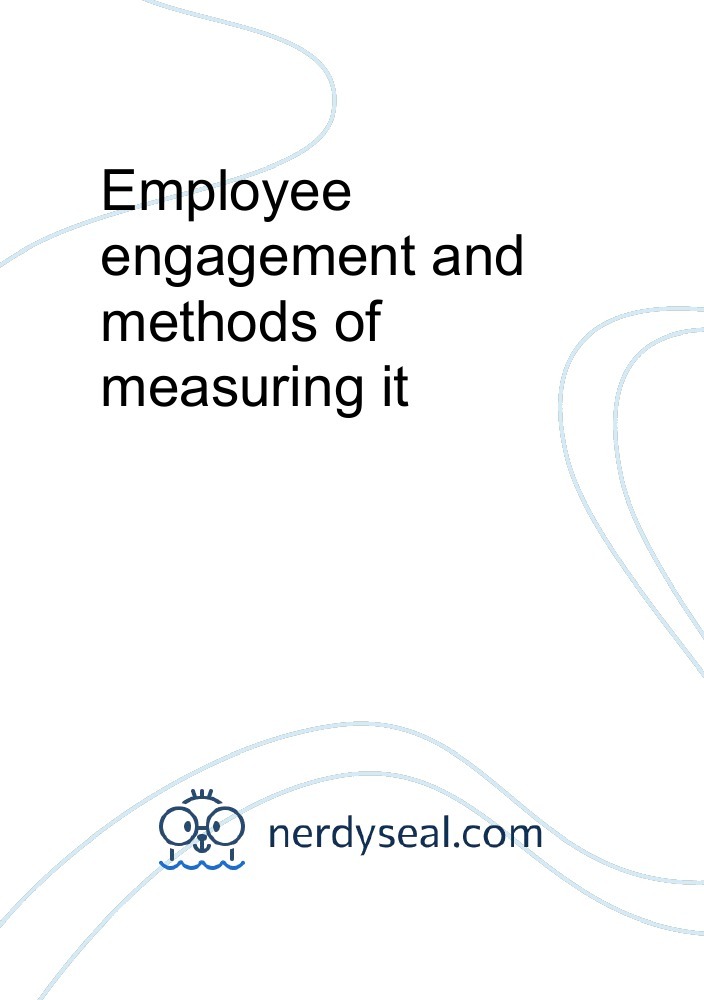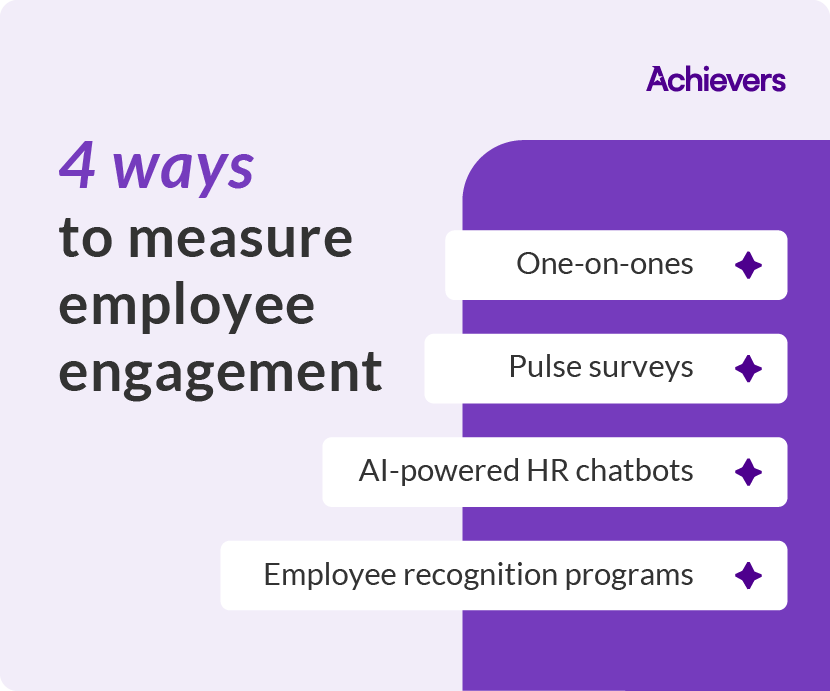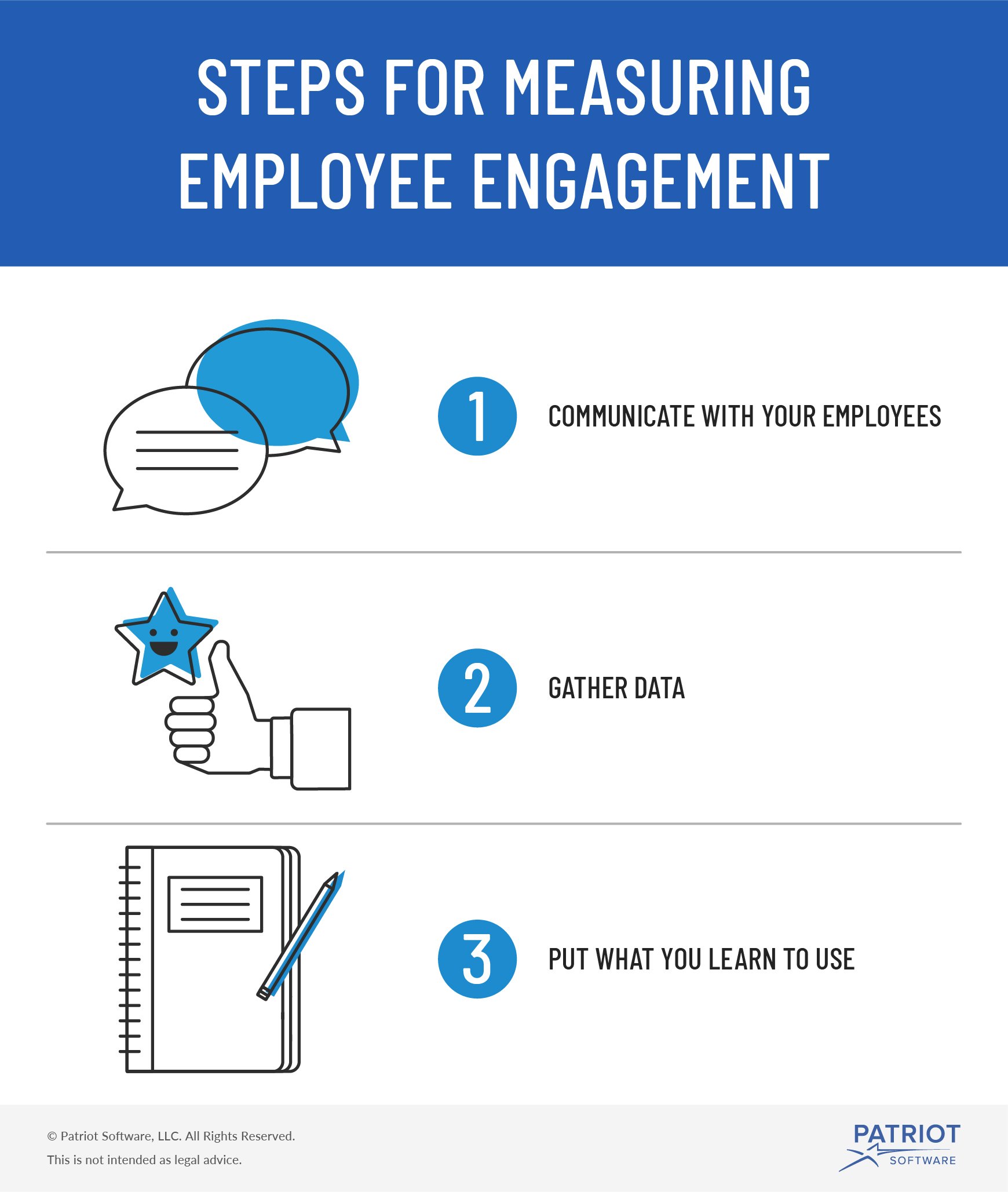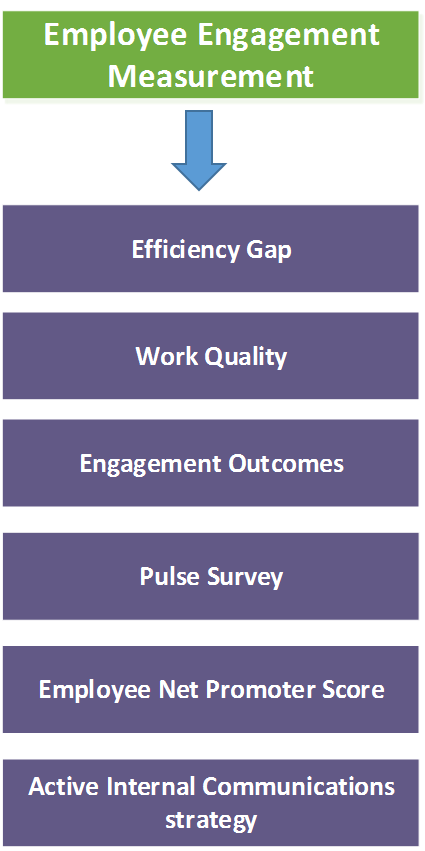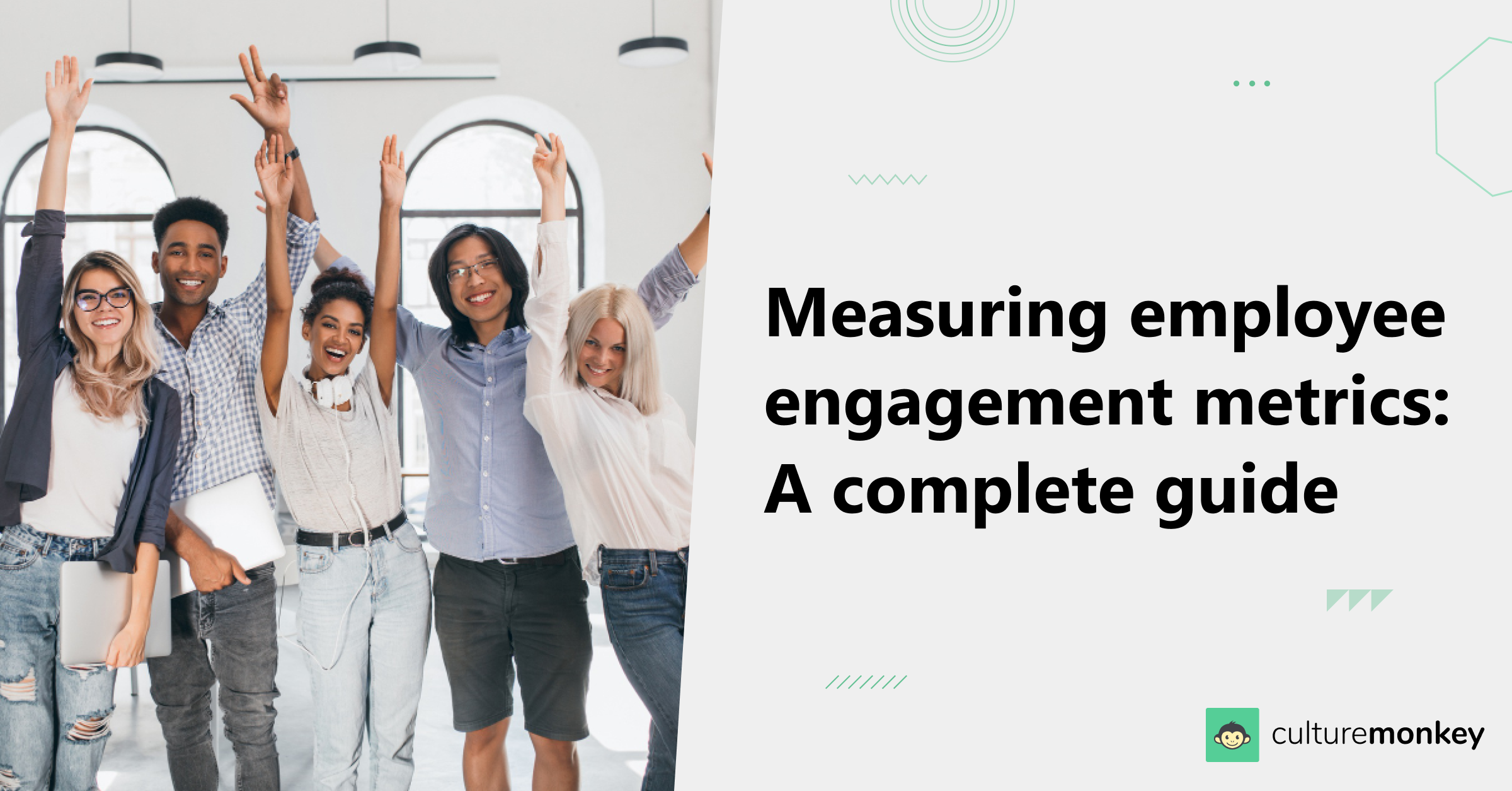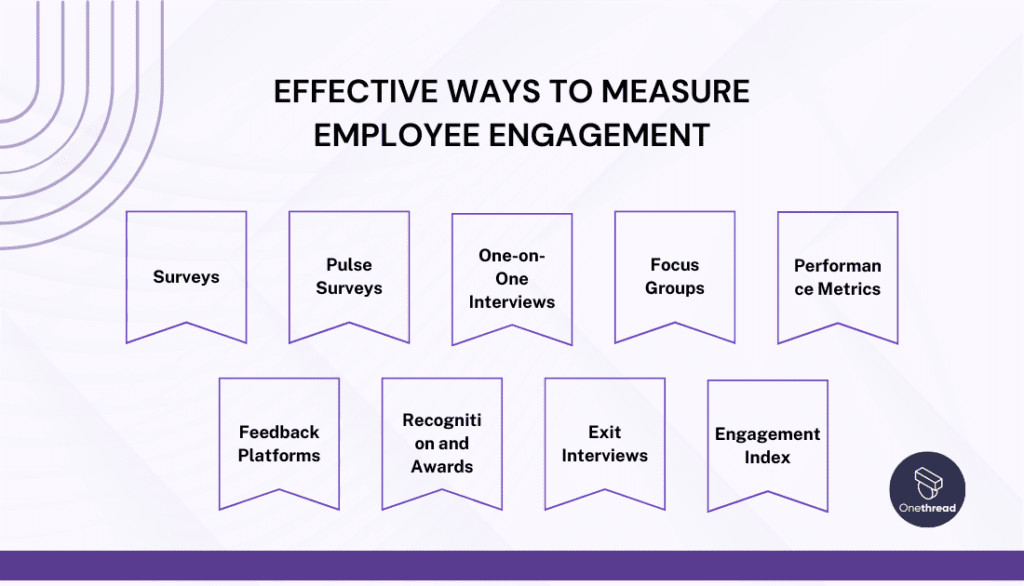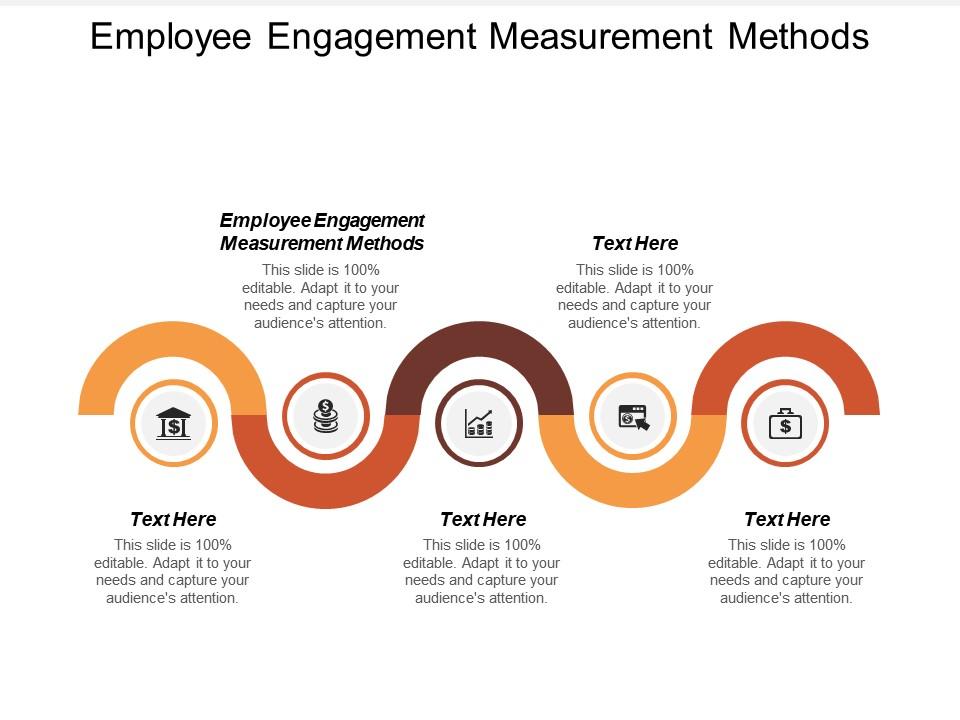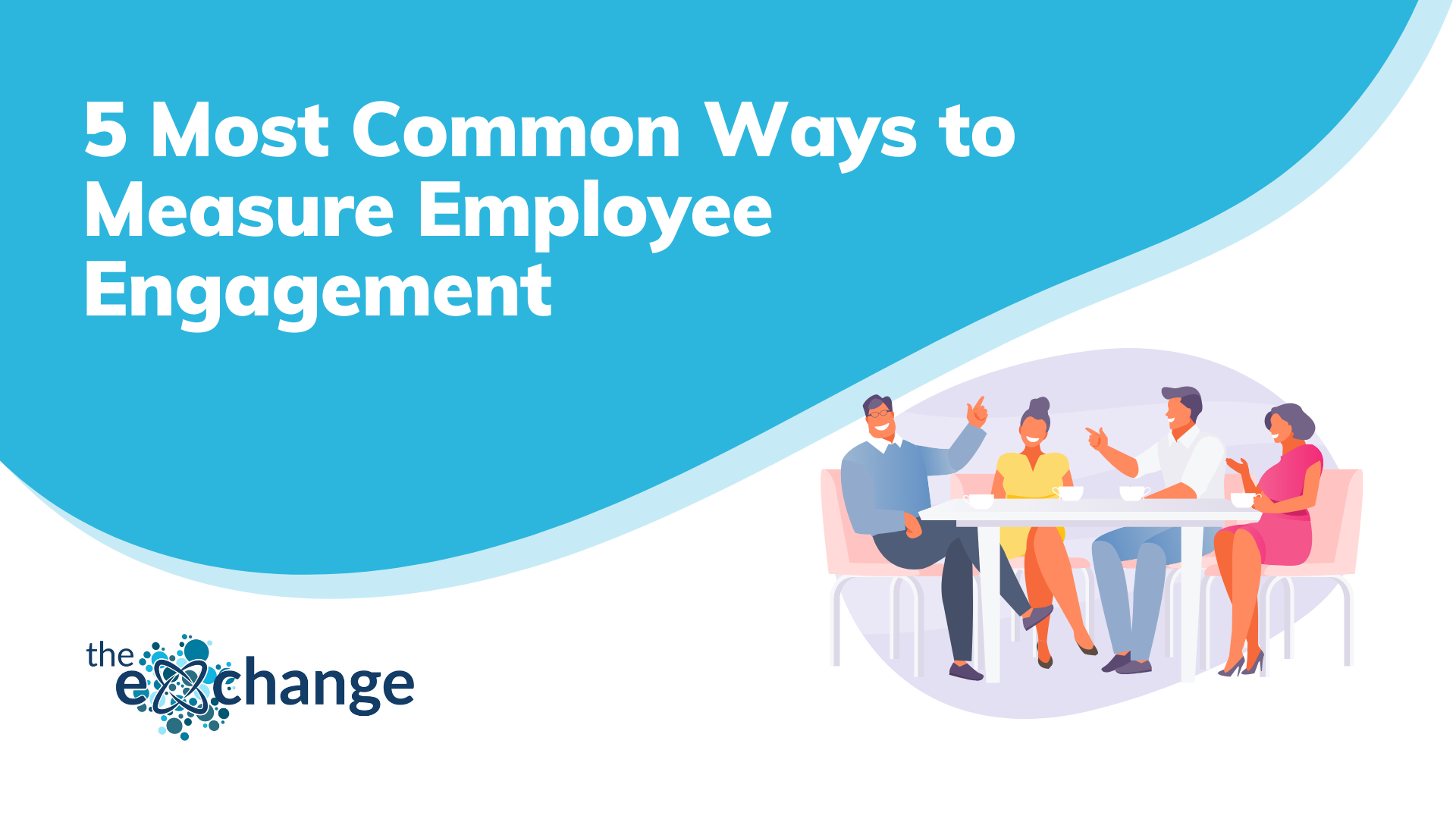Employee Engagement Measurement Methods
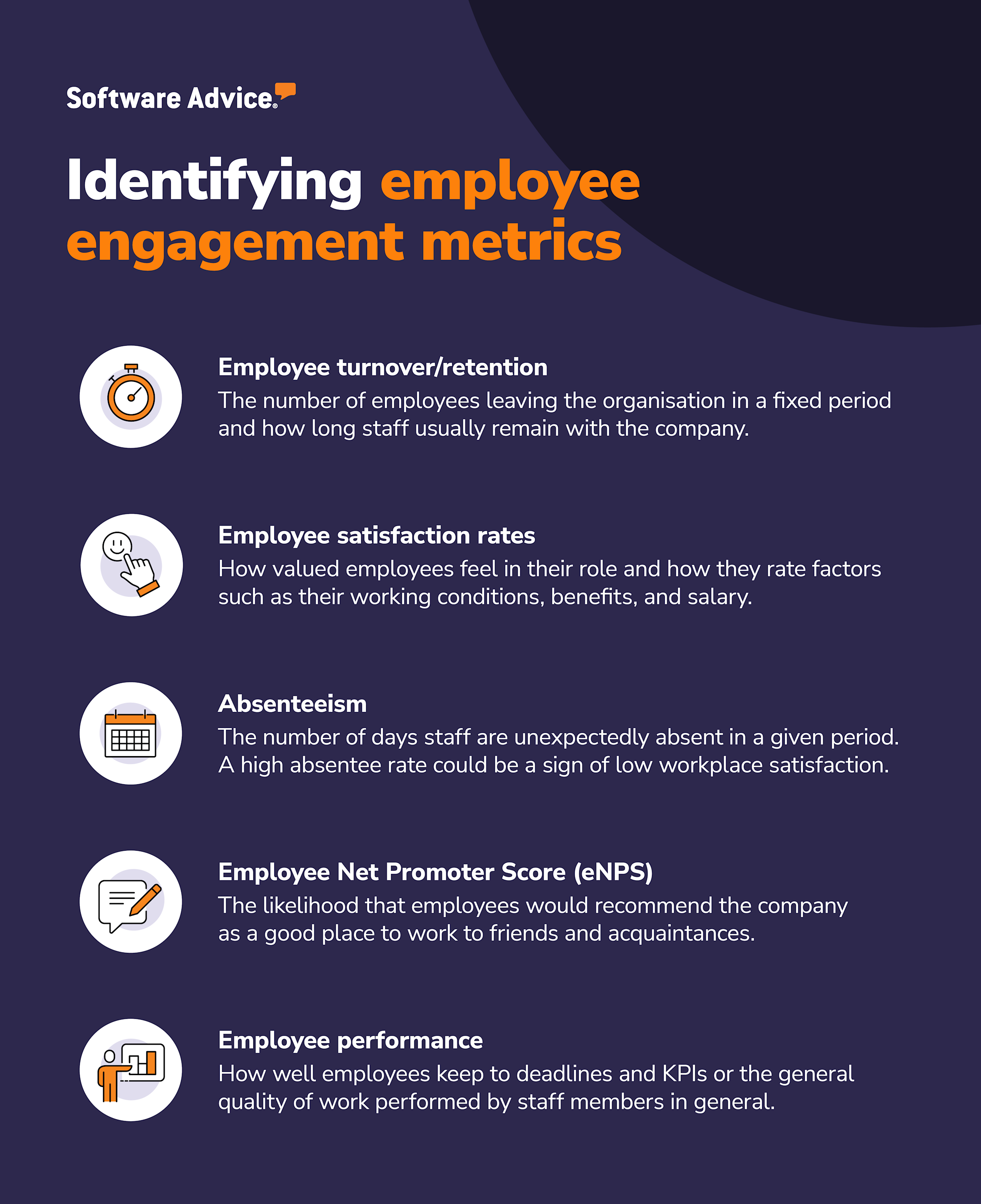
Imagine a bustling office, not filled with the hum of discontent, but the vibrant energy of collaboration and shared purpose. Employees are animated, ideas flow freely, and productivity soars. This isn't just a utopian dream; it's the potential unlocked when organizations prioritize and effectively measure employee engagement.
At its core, employee engagement measurement seeks to understand how invested, passionate, and committed employees are to their work and the organization's goals. Accurately gauging this engagement is crucial because it directly impacts everything from retention rates and customer satisfaction to innovation and overall profitability. This article will delve into the various methods used to measure employee engagement, exploring their strengths, weaknesses, and best-use cases.
The Foundations of Engagement Measurement
The journey of measuring employee engagement began with simple satisfaction surveys. These surveys often focused on basic aspects like pay and benefits. However, the understanding of employee motivation has evolved, and so have the methods of measurement.
Today, employee engagement encompasses a broader range of factors including connection to company values, opportunities for growth, and a sense of belonging. Modern measurement methods aim to capture this multifaceted view, providing insights that lead to tangible improvements.
Common Measurement Methods
One of the most widely used tools is the employee engagement survey. These surveys usually consist of a series of questions designed to assess various aspects of the employee experience. Questions often cover topics such as autonomy, recognition, leadership support, and team dynamics.
Gallup's Q12, for instance, is a well-known example, focusing on twelve core elements that strongly link to key business outcomes. Regular pulse surveys, shorter and more frequent than annual surveys, allow for continuous monitoring and rapid response to emerging issues. These shorter surveys help prevent issues from escalating.
Beyond surveys, one-on-one meetings are invaluable. These discussions provide a platform for direct feedback, allowing managers to understand individual concerns and aspirations. Regular check-ins can reveal patterns that wouldn't surface in anonymous surveys.
Focus groups offer another avenue for gathering qualitative data. Bringing together small groups of employees for facilitated discussions allows for a deeper dive into specific topics and can uncover nuanced perspectives that quantitative methods might miss. These open conversations allow for a deeper examination of issues and perspectives.
Another method often used is to track key performance indicators (KPIs) that are linked to employee engagement. Indicators like absenteeism rates, employee turnover, and internal promotion rates can serve as indirect measures of engagement. Low absenteeism and high internal promotion rates typically suggest a more engaged workforce.
Exit interviews, while retrospective, offer valuable insights into why employees leave. Analyzing the reasons behind departures can highlight systemic issues impacting engagement and pinpoint areas for improvement.
The Importance of Actionable Insights
Measuring employee engagement is only half the battle. The real value lies in taking action based on the data collected. Organizations must be prepared to analyze the results, identify key areas of concern, and implement strategies to address them.
This might involve improving communication, providing more training opportunities, or fostering a more inclusive and supportive work environment. Regularly communicating the actions taken in response to employee feedback builds trust and reinforces the message that employees' voices matter.
"Employee engagement is not a destination, but a journey of continuous improvement," emphasizes Dr. Anita Brown, a leading organizational psychologist. Regularly seeking feedback and adapting strategies accordingly is key to sustained success.
Looking Ahead
As technology continues to evolve, so will the methods of measuring employee engagement. AI-powered sentiment analysis tools and real-time feedback platforms are emerging, offering new ways to capture and analyze employee sentiment. Organizations are increasingly using these tools to understand employee sentiments in real time.
Ultimately, the most effective approach involves a combination of methods, tailored to the specific needs and culture of the organization. This comprehensive approach should measure key metrics and be responsive to employee feedback.
In conclusion, fostering a thriving and engaged workforce is not merely a matter of implementing trendy perks or offering superficial benefits. It requires a genuine commitment to understanding employees' needs, valuing their contributions, and creating a workplace where they feel empowered, supported, and inspired to bring their best selves to work each day. By embracing a proactive and data-driven approach to measuring and improving employee engagement, organizations can unlock their full potential and create a workplace where everyone can thrive.
